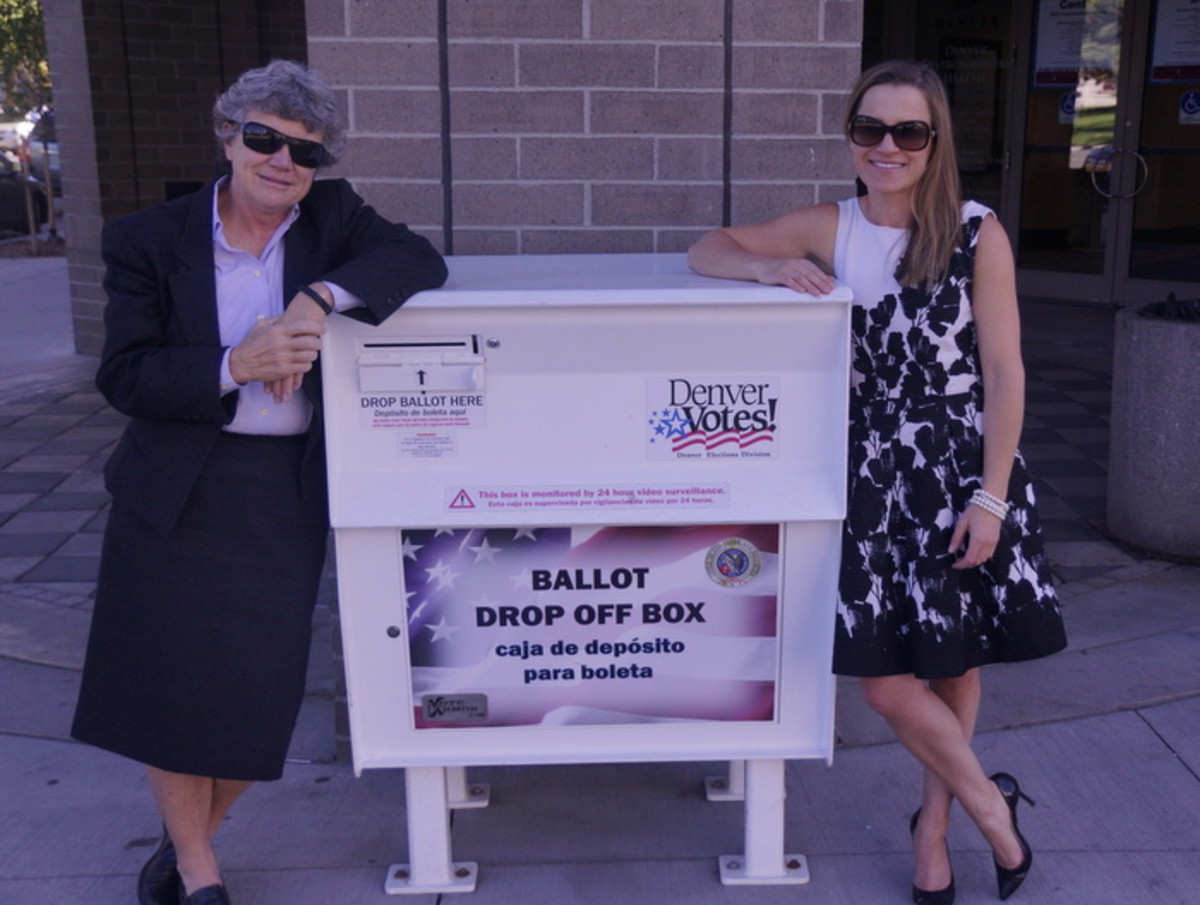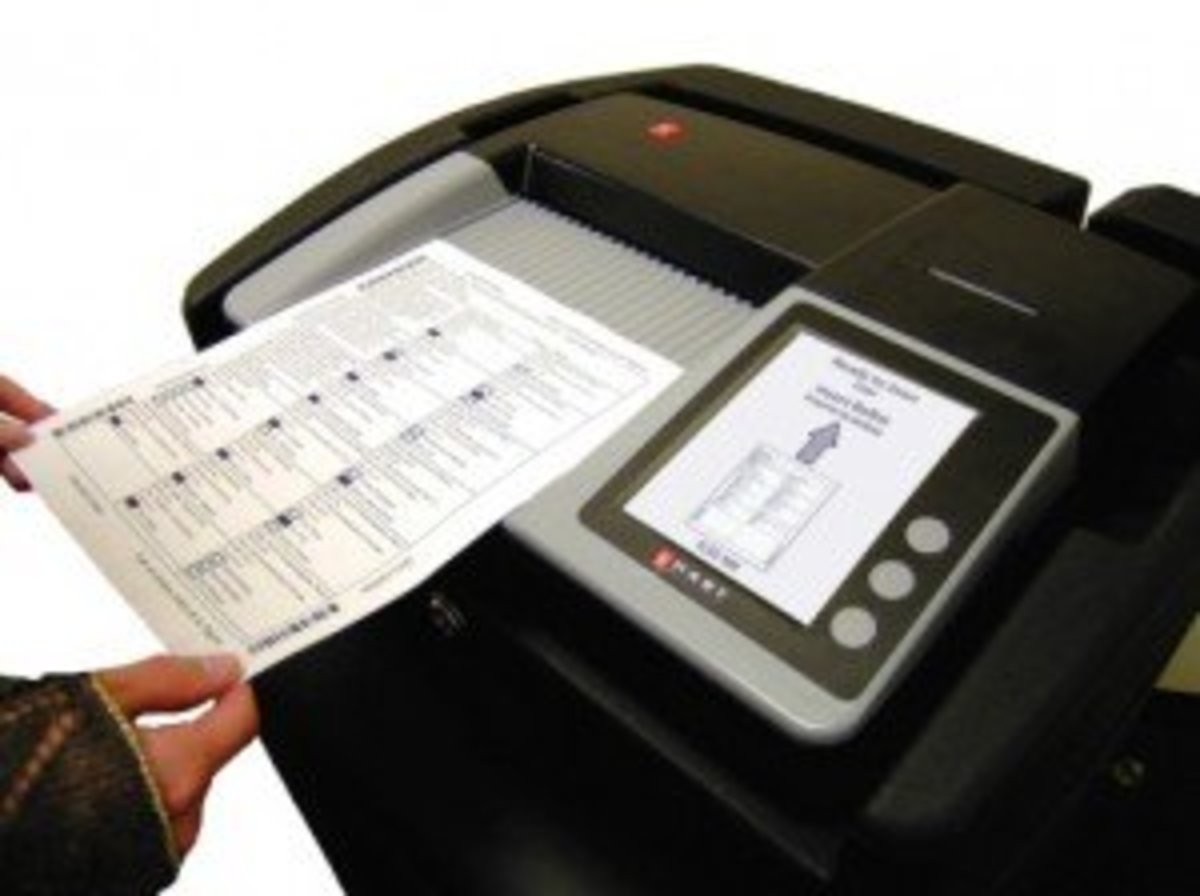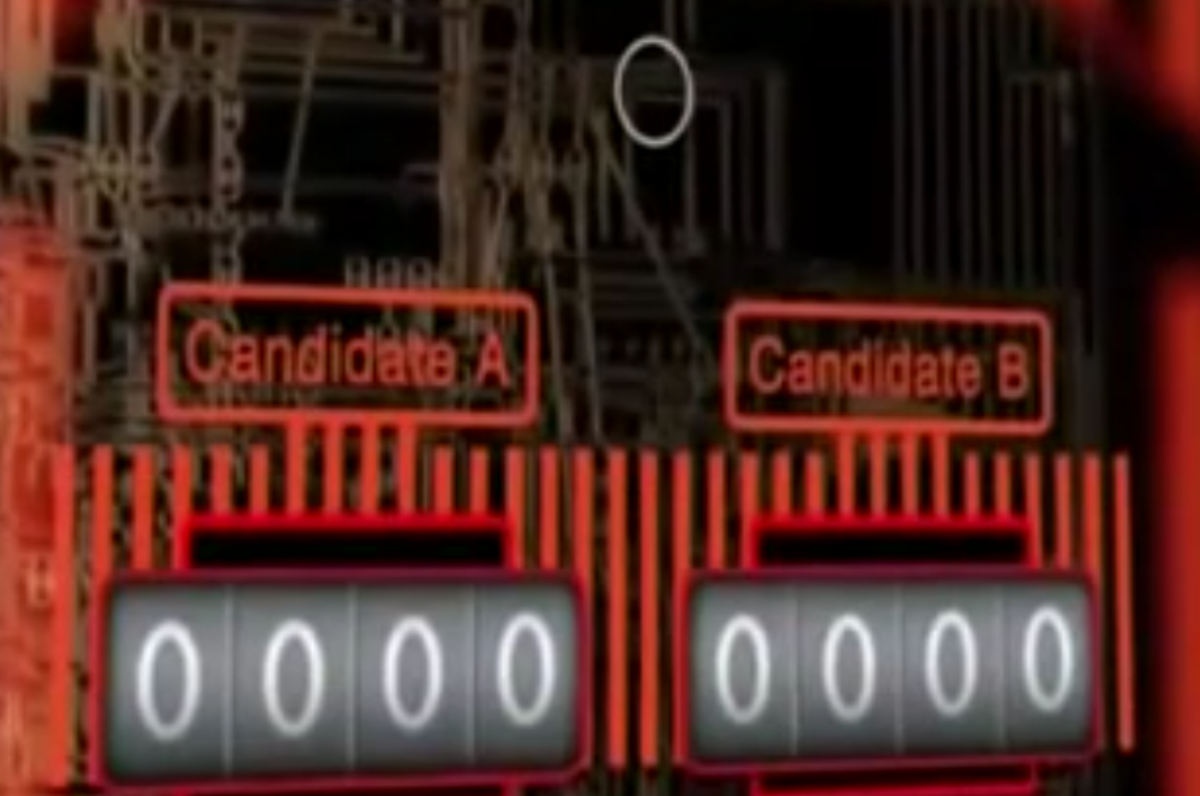By Ralph Lopez for Hubpages.com

In response to a written request from an election integrity activist seeking to verify results in the November elections, the Jefferson County, Colorado, Director of Elections, Carrie Kellogg, has stated an intention to destroy what election watchdogs, and even Colorado state law, regards as protected public records. These are the digital images of the paper ballots which are created by most optical-scan paper ballot vote-counting machines which will be used extensively across the nation. (See: Ballot Images – A new way to verify that results are true.)
Jefferson County is the fourth most populous in the state of Colorado, out of 64 counties, incorporating parts of Denver.
In the email, a copy of which was forwarded to this reporter, Kellogg wrote:
“The County Clerk and Recorder is in receipt of your request dated October 30, 2016 for the electronic copies and cast vote records for the 2016 General Election. The ballot images you are requesting will not be available for this election. All votes will be downloaded and saved for election results reporting, however, the ballot images are not being savedduring the scanning process.” (Emphasis added)
Digital images of all paper ballots fed into the machines used in Jefferson County are created and automatically saved at the moment the ballot is fed into the machine. Simultaneously, within a fraction of a second, the votes marked on the ballot are recognized by an optical reader and tabulated. The county also uses the ES&S ExpressVote voting machine, which also generates digital ballot images, such as a PDF file.

In fact, Kellog’s contention that ballot images “are not being saved during the scanning process” is impossible, according to voting machine experts. John Brakey of Audit Arizona and publisher of the website [Actually J.T. Waldron] Election Nightmares explains:
“The DS850 automatically saves the images because the machine doesn’t count the paper ballots for its total of ballots, it actually counts the digital images. The images are saved. The only way for them to not be saved is for someone to go in and delete them.”
Jefferson County uses two kinds of machines in an election, the ES&S ExpressVotevoting machine in the precinct polling places, and the ES&S DS850, which is made for high-speed counting of the mail-in ballots. Colorado is one of three states where the vast majority of the vote – 80% – is mail-in.
The request for the digital ballot images was made by a member of the board of Black Box Voting, the organization founded by renown election integrity activist Bev Harris. Harris’ pioneering work in uncovering election fraud has been reported by The New York Times, The Washington Post, Time, ABC, CNN, MSNBC, CBS, Fox News, NPR, and the Associated Press. An HBO documentary, Hacking Democracy, is based in part on Harris’ work.
Election fraud is a term distinct from voter fraud. The latter consists of unqualified voters seeking to vote, or voting more than once. The former, election fraud, is fraud taking place at the official, vote-counting level, including hacking into a machine’s tabulation software, which can be done remotely.
The New York Times reported today in “Five Possible Hacks to Worry About Before Election Day”:
“the DS200, an optical scanning model used in many districts, comes with an optional wireless ability. The good news: They can report results automatically. The bad news: Any wireless connection is a vulnerability.”
A vivid demonstration of election fraud, in form of electronic ballot box stuffing, was conducted in the film Hacking Democracy.
Click here to see video clip below, The Hursti Hack (mirror)

When a vote count is hacked electronically, the only way to expose the fraud is by visually counting the voter marks on the actual paper ballots, or the digital images of the ballots.
To determine what kind of voting machines any county or town uses, go here.
The request to Jefferson County is one of a number made to election supervisors in counties of keen interest to observers of the upcoming presidential, congressional, and other down-ballot races.
Other election authorities across the country who were sent requests for the ballot images are Clark County NV, Kern County CA, Los Angeles CA, Colorado counties Mesa, Gunnison, Pitkin, Eagle, Chaffee, and Denver, WA counties Seattle, King County, PA counties Lancaster and Chester, IA counties Adair, Cedar, Mitchell, Pottawattamie and Hardin, and all of Ohio.
Responses from the counties to the requests for the ballot images have varied. The images are digital files which can be requested by any member of the public. In Arizona, in a lawsuit filed to pre-emptively prevent the destruction of the ballot images for the 2016 Democratic primary in Pima County, Judge Richard Gordon has ruled that ballot images created by vote-counting machines are part of the public record.
Colorado state law is particularly clear on what constitutes public records which any member of the public may request to see. The Colorado Open Records Act (CORA)declares public records to include:
“all writings made, maintained, or kept by the state, any agency, institution, a nonprofit corporation incorporated pursuant to section 23-5-121 (2), C.R.S., or political subdivision of the state…”
Further defining “writings” the Act declares:
“Writings” means and includes all books, papers, maps, photographs, cards, tapes, recordings, or other documentary materials, regardless of physical form or characteristics. “Writings” includes digitally stored data, including without limitation electronic mail messages, but does not include computer software.”
The Colorado law instructs the state’s courts to interpret CORA in favor of public access, citing:
“Open records act creates a general presumption in favor of public access to government documents, exceptions to the act must be narrowly construed…”
Jefferson County, Colorado, is the first county to unilaterally proclaim the authority, and intent, to destroy the ballot images immediately after they are created, so that no ballot images review by citizens or independent auditors is possible.
The ballot imaging feature in paper ballot scanners was created in order to provide an additional back-up and cross-check to the paper ballots inserted into the ballot receptacle. Inspection of the digital ballot images would not incur the cost and manpower required for recounts of the paper ballots. Most states have high thresholds for the triggering of paper ballot recounts.
Election integrity activists say that the only reason to destroy the digital images, since digital memory is so cheap, is to open a window for election fraud, specifically “electronic ballot box-stuffing.”
Election integrity activists are encouraging citizens everywhere to demand copies of, or the opportunity to inspect, the ballot images, from the elections department head in their own jurisdictions, or any that may interest them. The ballot images for an entire city could easily fit onto a flashdrive or DVD. Alternatively, an elections division can post them online. Digital ballot images (like paper ballots) cannot be traced to any individual voter.

Pingback: The last election was plagued with Scandal. Don't worry. I'm sure it will be fine this time. - The Netizen
[…] was also suspected of destroying ballots, and got away with denying […]